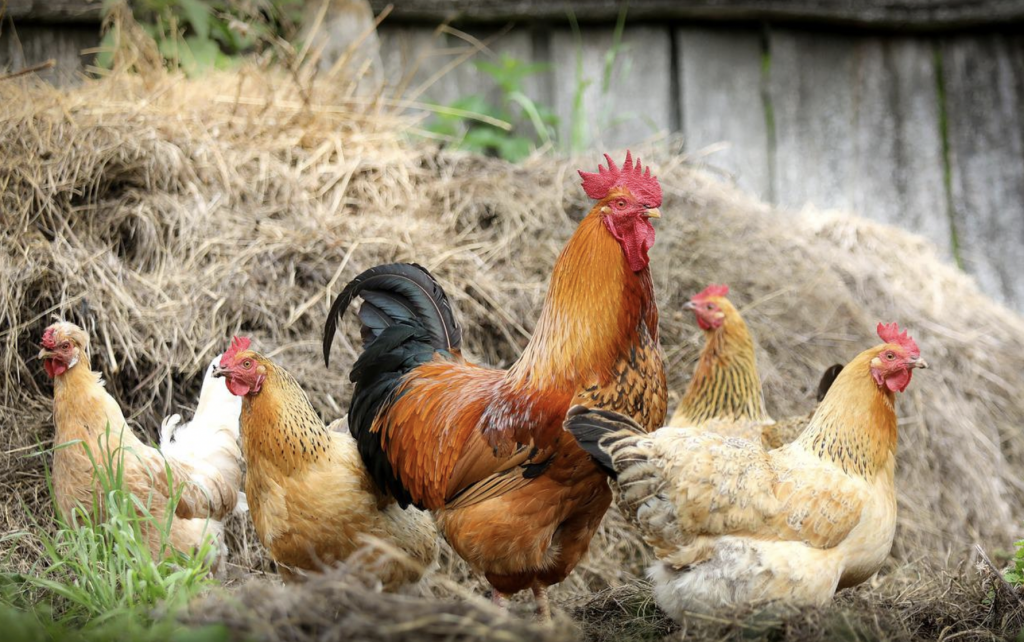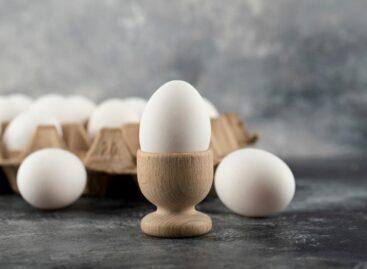The invention of the Australians promises lower overhead costs and an environmentally friendly context for poultry farmers
A new hybrid geothermal and solar energy system can dramatically reduce emissions and energy costs at many Australian poultry farms, according to a recent announcement from the University of Melbourne.

The University of Melbourne has teamed up with geothermal companies Ground Source Systems and Fourth Element Energy to create a hybrid geothermal and solar heating, ventilation and air conditioning (HVAC) system specifically for the poultry industry.
The project will demonstrate how the energy demands of sheds can be coordinated with on-site renewable energy production, showing both economic and environmental benefits to farmers to further support the uptake of the technology across the industry.
The system includes a ground-source (geothermal) heat pump system and full-scale solar photovoltaic (PV) system with gas back-up, which can supply the HVAC needs of poultry farms.
The first stage of the project will see a demonstration, full-scale hybrid system installed and optimised for efficiency at the commercial poultry farm Bargo in Yanderra, NSW, this year.
University of Melbourne Professor Guillermo Narsilio said the collaborators have identified 827 poultry farms across Australia that meet the conditions needed to transition to hybrid geothermal and solar energy.
Related news
M&S sells food products via Coles stores in Australia
🎧 Hallgasd a cikket: Lejátszás Szünet Folytatás Leállítás Nyelv: Auto…
Read more >Hungarian Innovation Association: around 500 applications received for the 35th National Science and Innovation Olympiad
🎧 Hallgasd a cikket: Lejátszás Szünet Folytatás Leállítás Nyelv: Auto…
Read more >These are the most beautiful brick buildings in the world – A tomb, a museum and a liquor factory are also competing in the BRICK AWARD 26 finals
🎧 Hallgasd a cikket: Lejátszás Szünet Folytatás Leállítás Nyelv: Auto…
Read more >More new products
Egg prices up nearly one-third
🎧 Hallgasd a cikket: Lejátszás Szünet Folytatás Leállítás Nyelv: Auto…
Read more >Layers of problems
🎧 Hallgasd a cikket: Lejátszás Szünet Folytatás Leállítás Nyelv: Auto…
Read more >Too many gifts, too much food: our holiday excesses are putting a serious strain on the environment
🎧 Hallgasd a cikket: Lejátszás Szünet Folytatás Leállítás Nyelv: Auto…
Read more >






